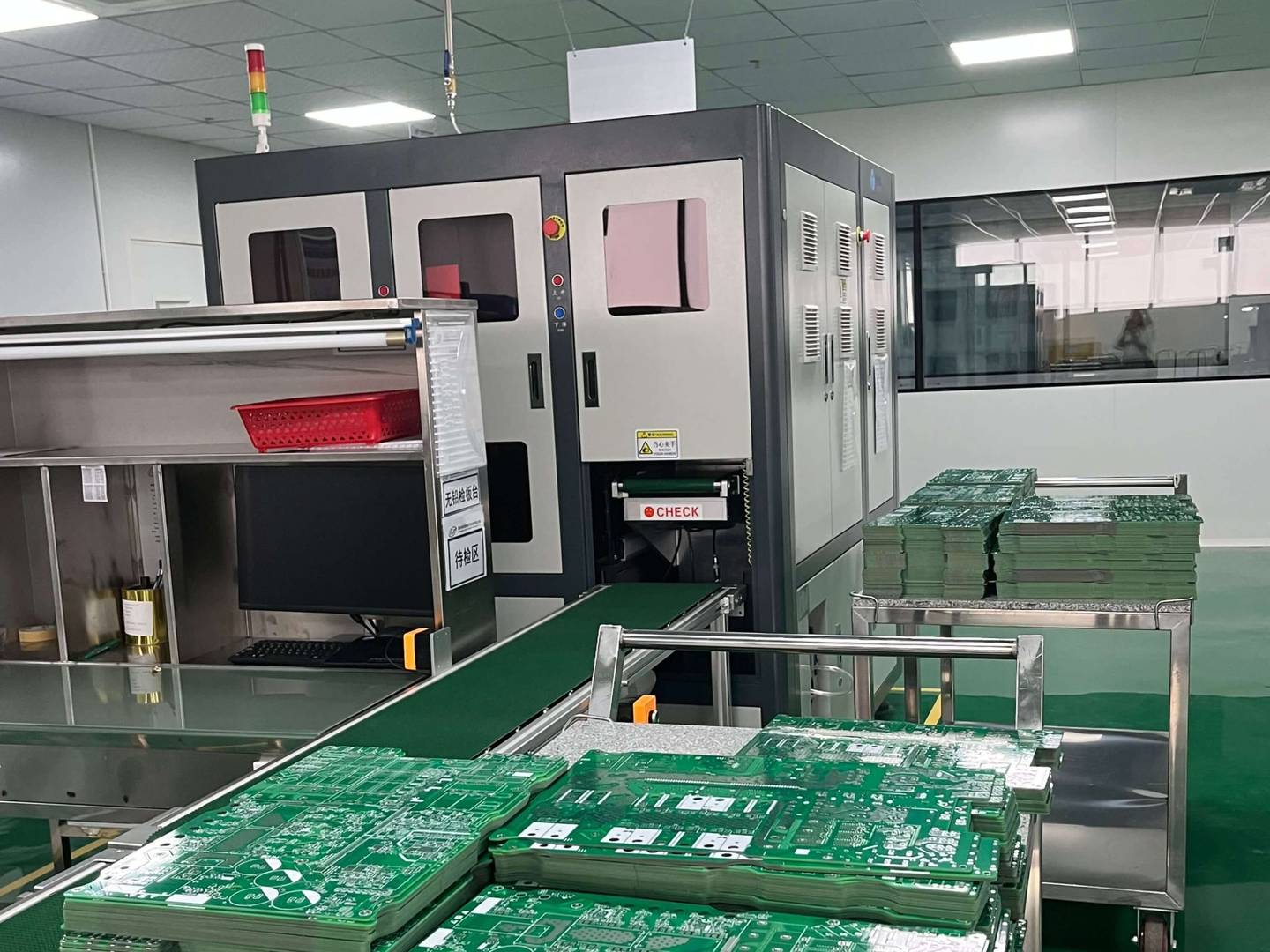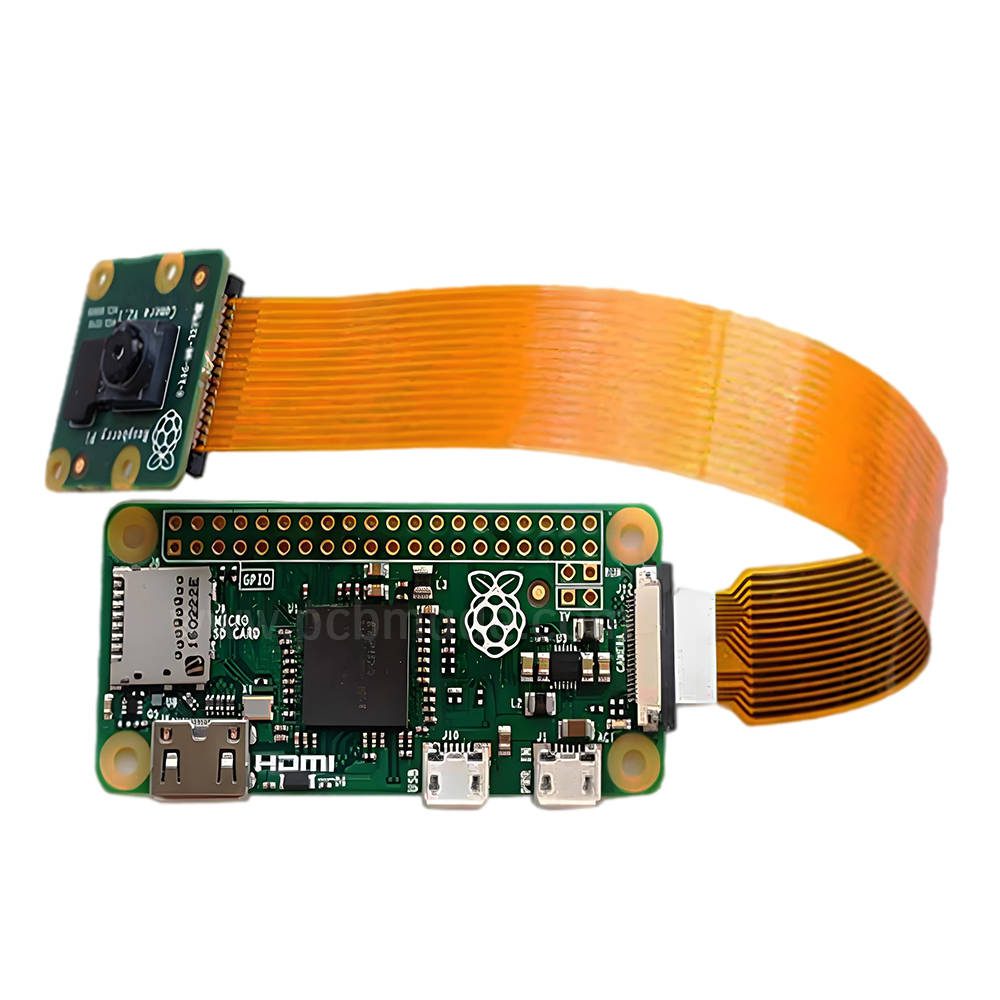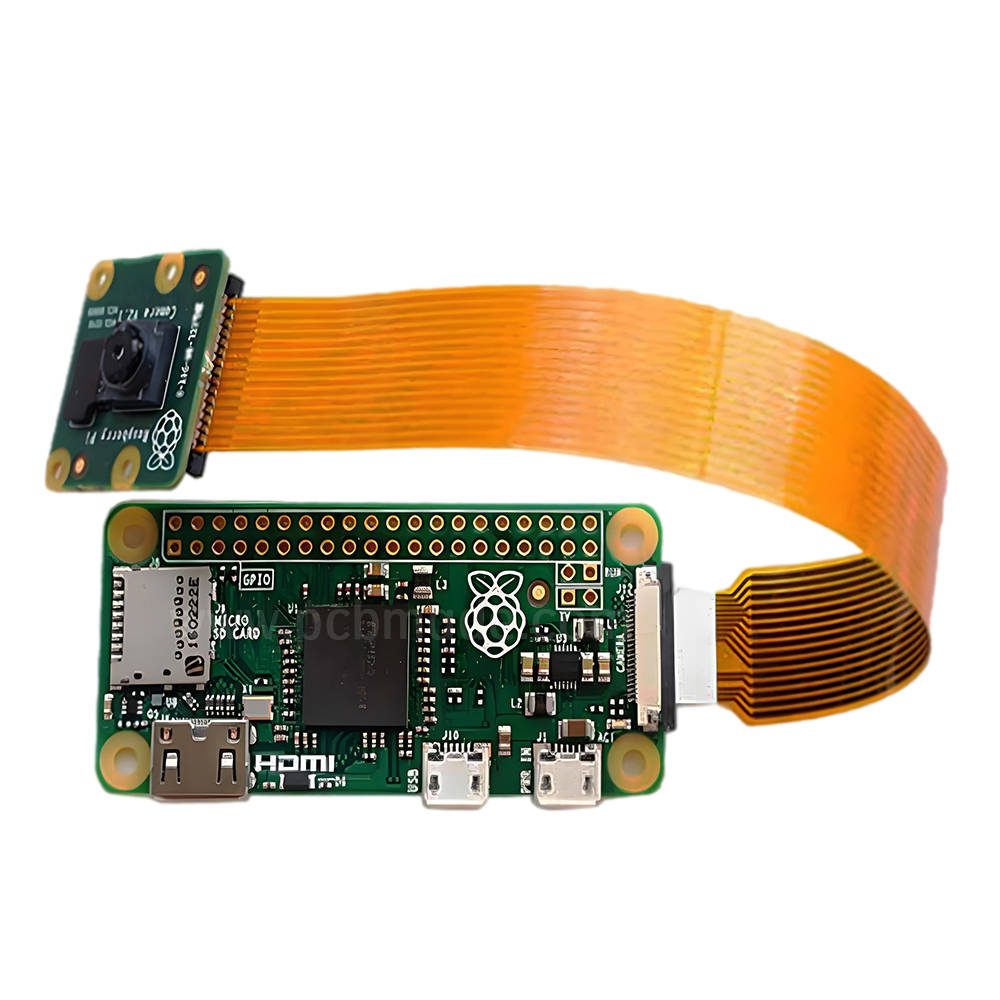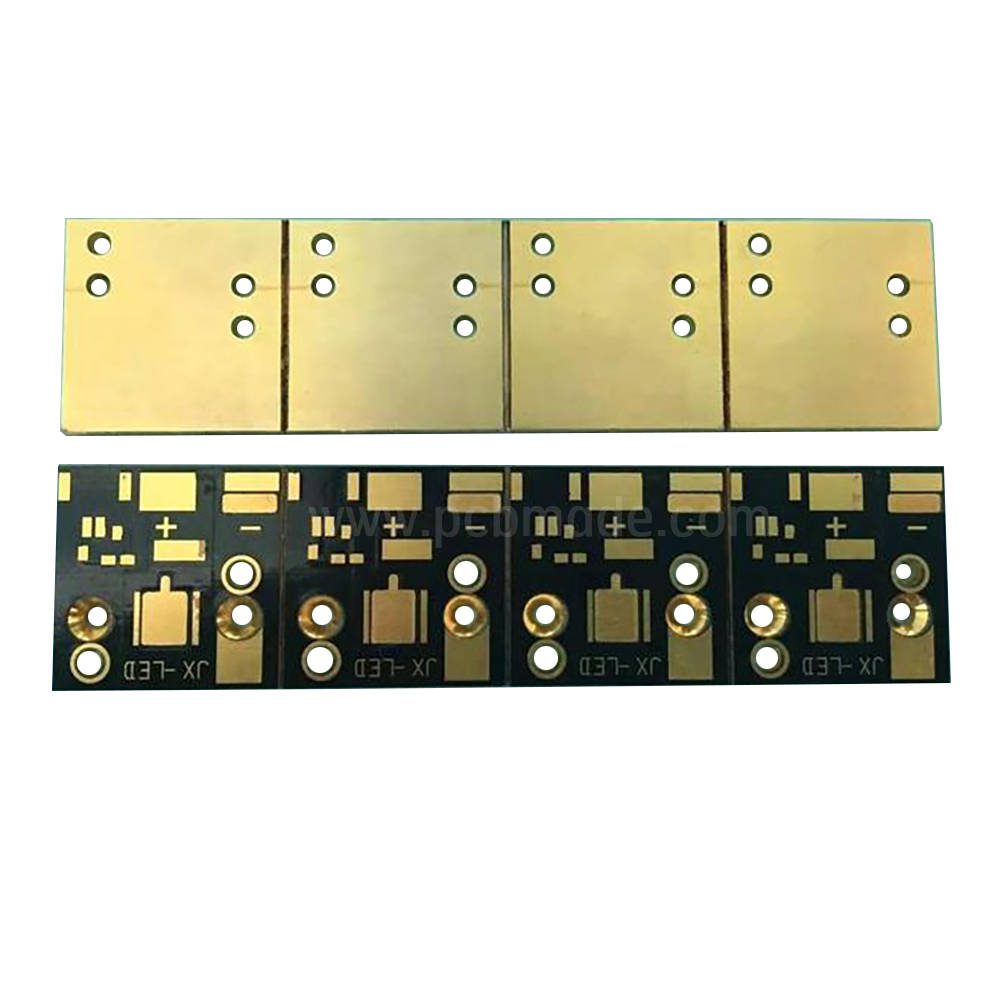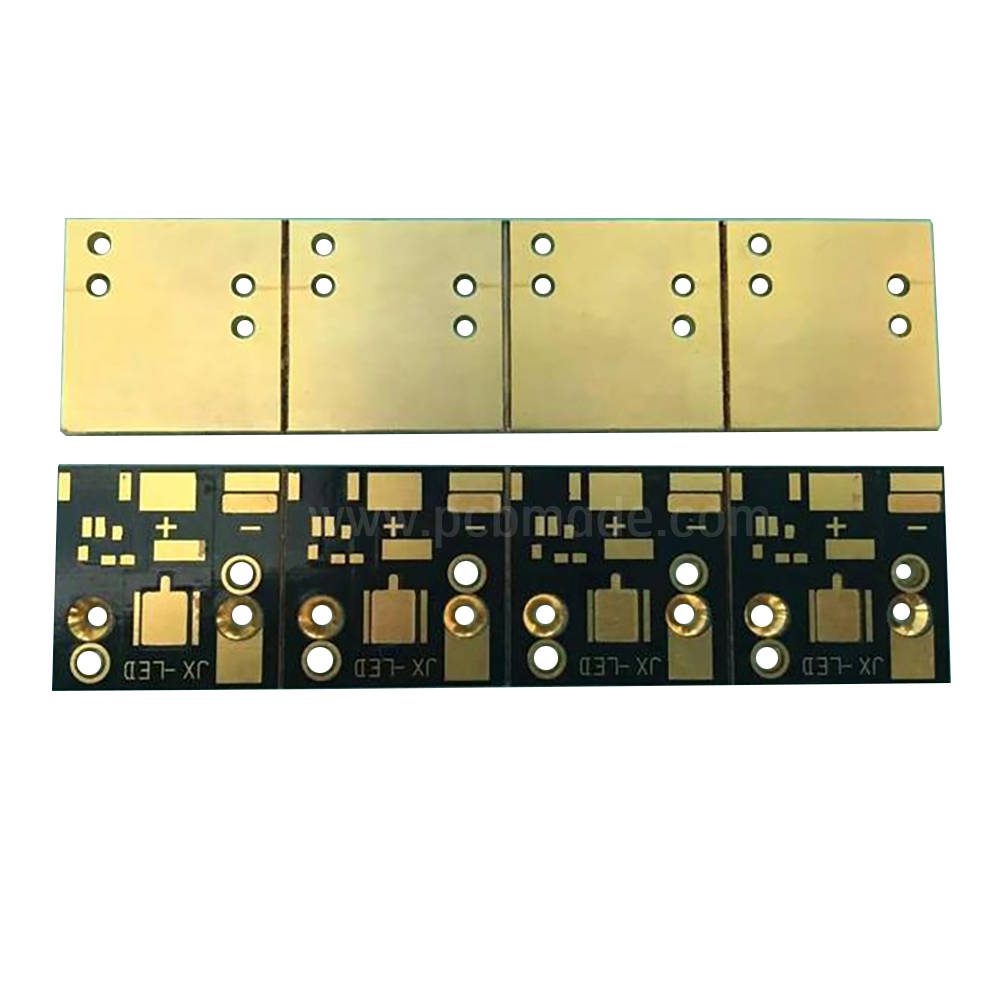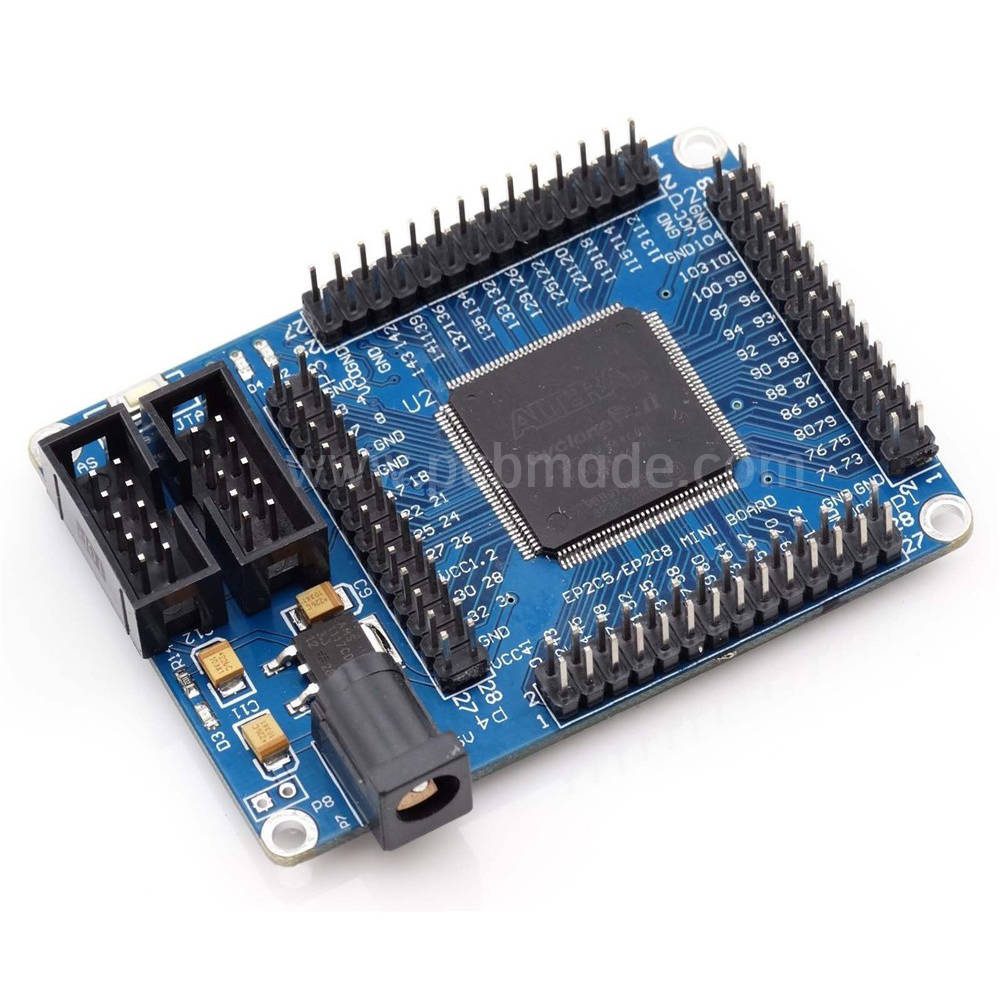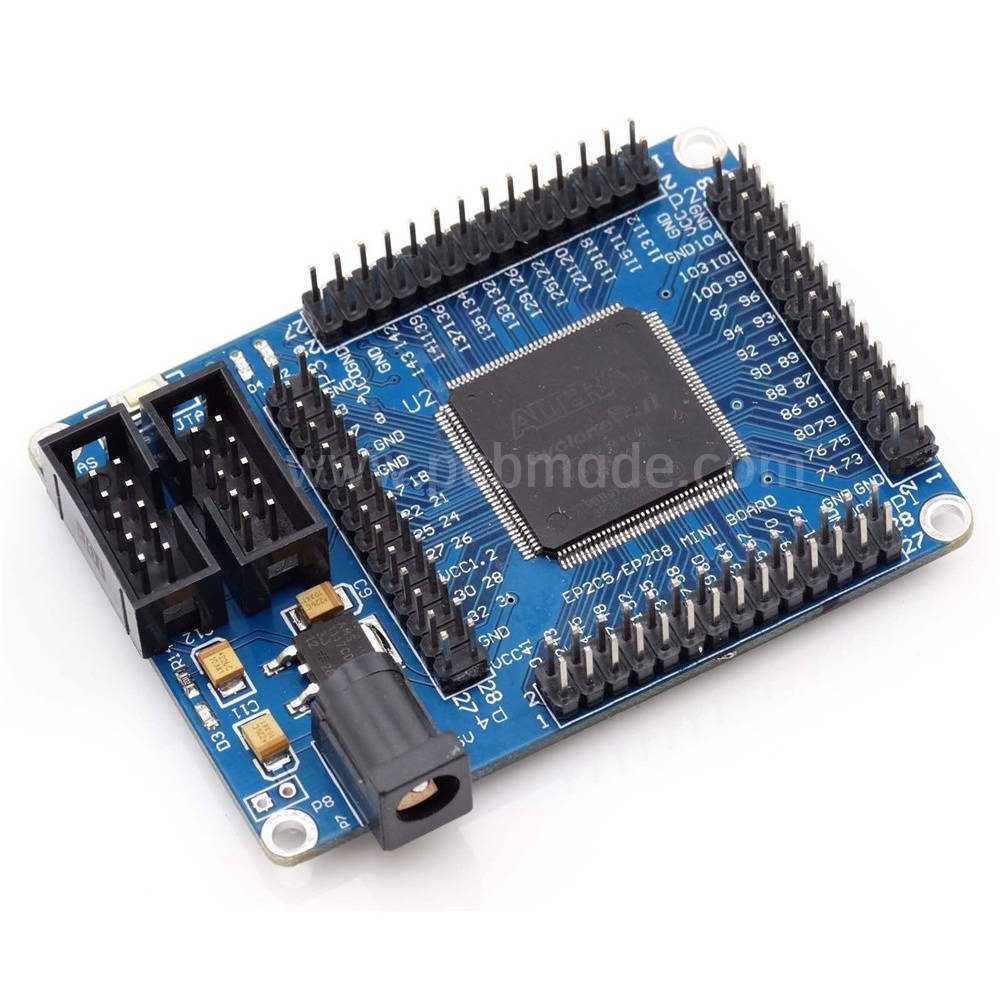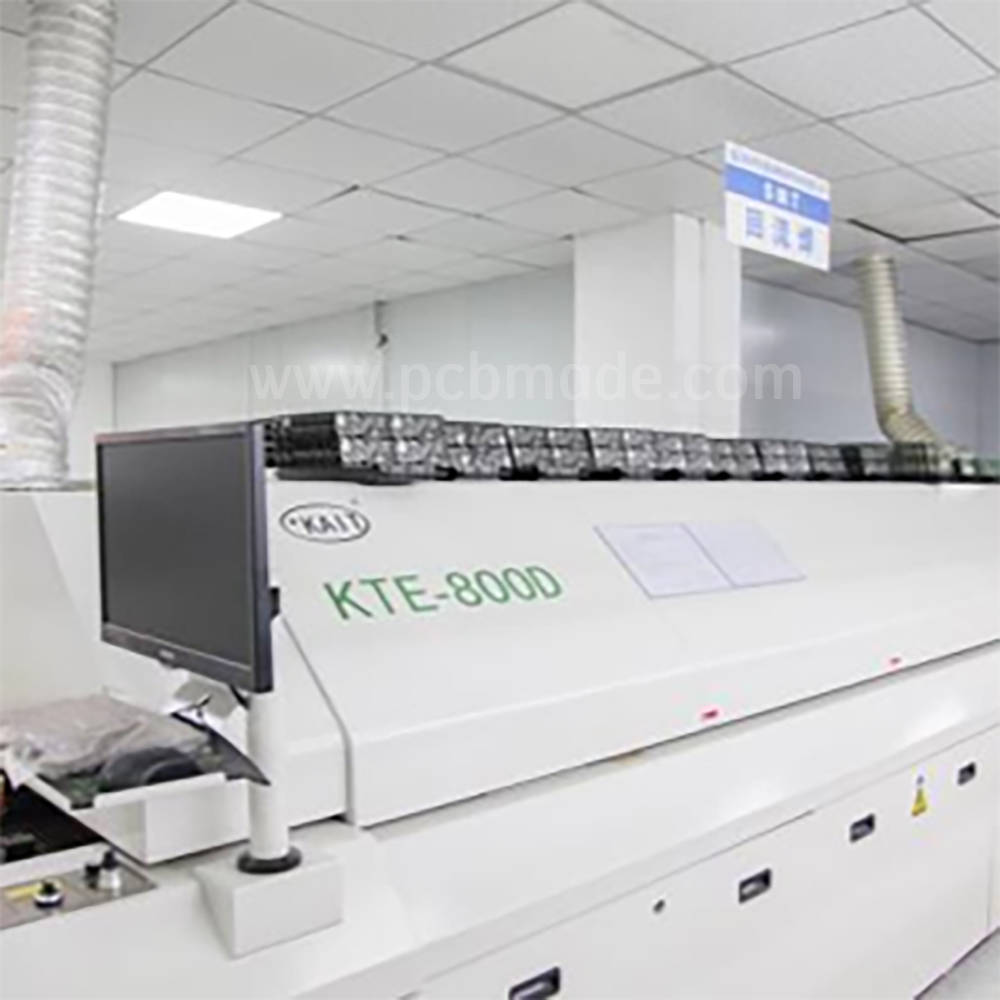In the past few decades, significant achievements have been made in the development of electronic devices. However, with the continuous advancement of technology, people’s performance requirements for electronic devices are also constantly increasing. In order to meet these demands, the PCB board manufacturing industry is constantly exploring new technologies and methods. This article will focus on two technologies that may become mainstream in the future: flexible circuit boards and 3D printing technology.
Firstly, let’s understand what a flexible circuit board is. Compared to traditional rigid circuit boards, flexible circuit boards have higher flexibility and reconfigurability. This means that they can better adapt to the needs of various shapes and sizes, thereby bringing greater design freedom to electronic devices. In addition, flexible circuit boards can improve the reliability and durability of equipment as they can better withstand external impacts and vibrations.
So, how to achieve the production of flexible circuit boards? Currently, a very promising approach is to use Flexible Circuit Board Manufacturing Technology. This technology utilizes flexible materials such as polyimide as substrates, and directly transfers conductive layers onto the substrate through methods such as hot pressing or photolithography. Compared with traditional rigid circuit boards, flexible circuit boards have higher flexibility and damage resistance. It is expected that flexible substrate manufacturing technology will be widely applied in the coming years.
Another noteworthy technology besides flexible circuit boards is 3D printing technology. 3D printing technology is a rapid prototyping manufacturing technique that can directly transform digital models into physical products. For PCB board production, 3D printing technology can help designers create and test prototypes faster, thereby shortening the product development cycle. In addition, 3D printing technology can also achieve personalized customization, providing consumers with more diverse choices.
Of course, achieving these goals is not easy. At present, the application of 3D printing technology in the field of PCB board production is still in its early stages. However, with the continuous maturity of technology and the reduction of costs, we have reason to believe that 3D printing technology will play an increasingly important role in the future.
In short, with the continuous development of technology, the PCB board manufacturing industry will also usher in new development opportunities. The application of a series of emerging technologies, from flexible circuit boards to 3D printing technology, will help improve the performance and reliability of electronic devices, meeting people’s demand for high-performance electronic devices. Let’s wait and see how these innovative technologies will change the future electronic world!


